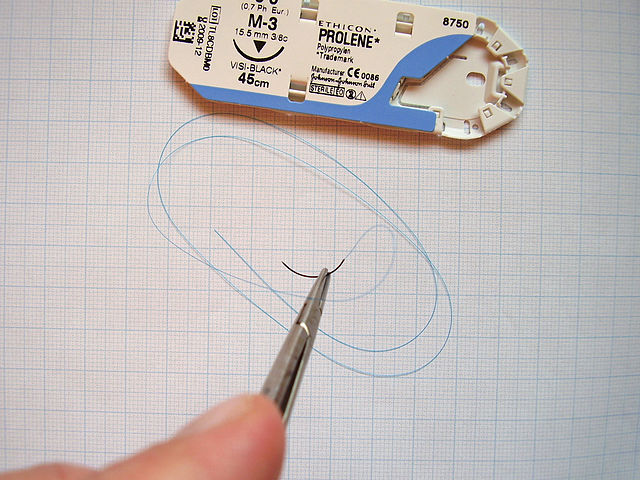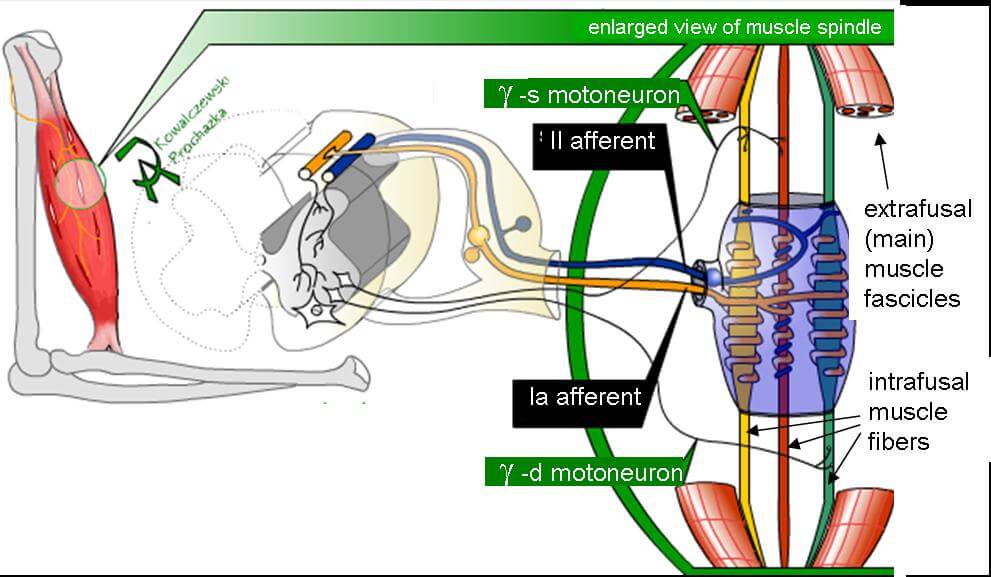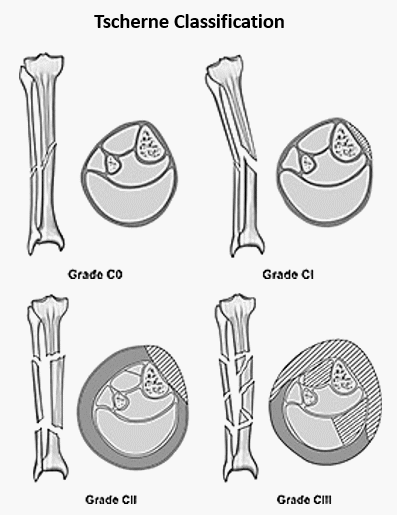Clinically, the Van Beek classification system denominates 5 principal nail bed injuries, subclassified by location within the nailbed (involving either the sterile and/or germinal matrix, respectively) and the extent of injury. Germinal Matrix Injury GI: Small subungual hematoma proximal nail (<25%) GII: Germinal matrix laceration, large subungual hematoma (>50%) GIII:…
Author: Epomedicine

Surgical Sutures – Basics
Monofilament Polyfilament Absorbable Caprosyn (Polyglytone 621)Monocryl (Polyglecaprone 25)Biosyn (Polyglecaprone CV-23)Maxon (Polytrimethylate carbon)PDS (Polydiaxonone) CatgutVicryl rapide (Polyglactin 910 rapide)Vicryl (Polyglactin 910)Dexon (Polyglycolic acid) Non-absorbable NylonEthilon (Monofilament polyamide)Prolene (Polypropylene) SilkDacronEthibond (Polyester)Braided nylon (Surgilon, Nurolon)Supramid Monofilament sutures: Polyfilament/Multifilament sutures: Natural sutures: Synthetic sutures: Absorbability: There are 2 principal methods, by which the sutures…

MRI Physics Made Easy
Human body is made up of water, which means a large number of atoms inside our body is hydrogen atoms, the nucleus of which contains a positively charged proton that spins (or precesses) around an axis like a child’s top. This spinning generates its own tiny magnetic field, giving the…

Dog bite wounds : Primary closure or Delayed closure?
A study of 50 dog bite wounds revealed that the commonest colonizing: Aerobic micro-organisms are: Pasteurella (50%), Streptococcus (46%), Staphylococcus (46%), Neisseria (32%), and Corynebacterium (12%), Eikenella corrodens (2%) Anaerobic micro-organisms are: Fusobacterium nucleatum (16%), Bacteroides tectus (14%), Prevotella heparinolytica (14%), Propionibacterium acnes (14%), Prevotella intermedia (8%), Peptostreptococcus anaerobius (8%),…

Nerve fibers – Classification
Nerve fibers can be classified as A, B and C and A type fibers can be further classified into alpha, beta, gamma and delta. The size and myelination (thus conduction) progressively decreases in the descending order. A alpha: Efferent (Somatic motor) – To extrafusal fibers (muscle spindle) Afferent (Proprioception): Ia…

Oestern and Tscherne Classification for Closed fractures
The classification system for closed fractures is based on the physiologic concept that the energy imparted to the bone (and the resultant fracture pattern) directly correlates with the energy transferred to the surrounding soft tissues. Grade Soft tissue injury Fracture Compartment C0 Absent or Negligible Simple (Spiral) Soft and/or Normal…

Screw-home mechanism
Synonym: Knee-locking mechanism Definition: During the final degrees of knee extension (last 20-30 degrees), an obligatory lateral rotation of the tibia occurs, i.e. non-voluntary coupled movement of knee extension and external rotation. Mechanism: External rotation of tibia with reference to the femur or Internal rotation of femur with reference to…

What You Need To Know About Breast Augmentation Surgery
People putting themselves forward to cosmetic surgery has increased greatly in the past few years. Having cosmetic surgery is now far more accepted than twenty years ago, and because of the increase in demand, more and more clinics are appearing across the country. There are so many procedures available, some…
